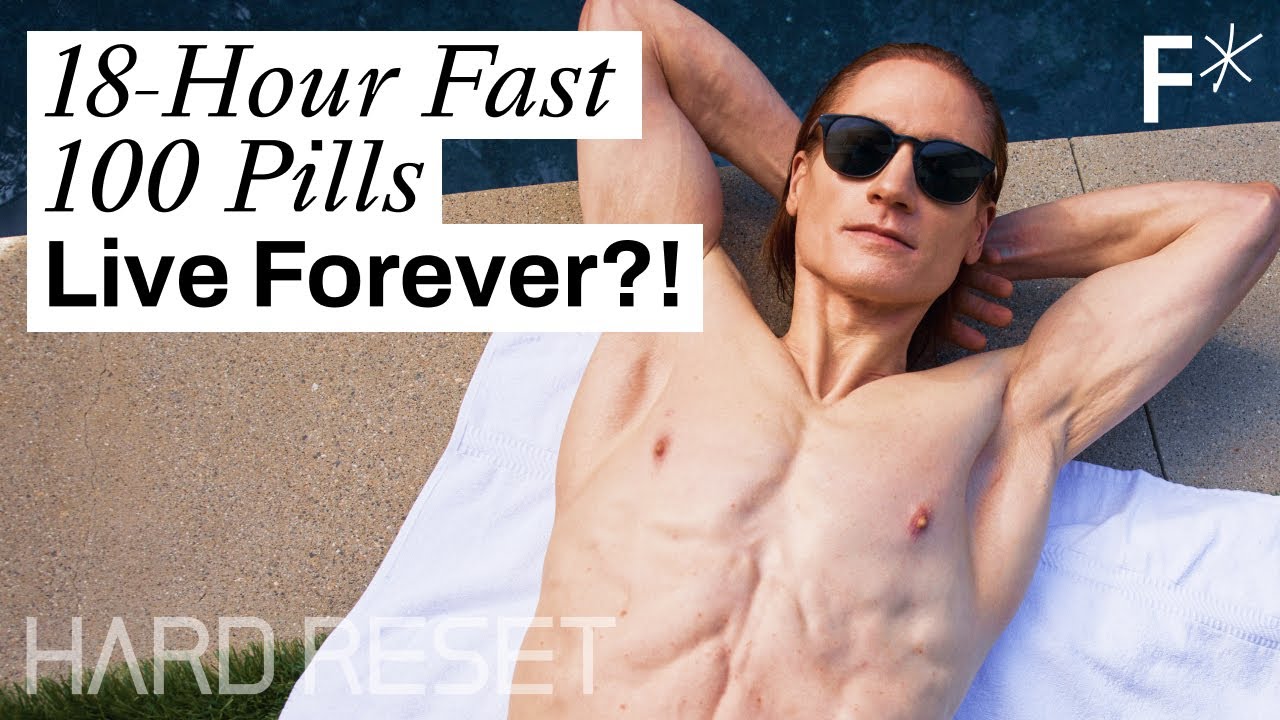New Study Reveals the BEST Exercise to Reverse Skin Wrinkles
Summary
TLDRThis video explores groundbreaking research on the impact of exercise on skin aging. It reveals that regular exercise, especially aerobic and resistance training, can improve skin health by boosting collagen production, enhancing elasticity, and improving moisture. While both forms of exercise offer unique benefits, resistance training is particularly effective for increasing skin thickness. The video also touches on how interleukin 15, a protein released during exercise, plays a crucial role in rejuvenating skin cells. Overall, the smartest approach is to combine both aerobic and resistance exercises for youthful, healthy skin.
Takeaways
- 😀 Exercise is a powerful tool against aging, not just for muscles, bones, and organs, but also for skin health.
- 😀 The type of exercise matters when it comes to skin aging, with different forms of exercise having distinct effects.
- 😀 Regular exercise slows down or reverses age-related declines at a cellular level, including in skin cells.
- 😀 Skin aging is marked by a loss of elasticity, firmness, and moisture, partly due to decreased collagen and elastin production.
- 😀 Exercise has been shown to boost collagen production, improving skin structure and appearance.
- 😀 A 2015 study found that regular aerobic exercise leads to thinner outer skin layers but improved skin health overall.
- 😀 A 3-month endurance exercise program for elderly adults showed that exercise caused positive changes in skin, including boosted collagen content and improved mitochondrial health.
- 😀 The protein interleukin 15, produced during exercise, plays a key role in stimulating mitochondrial function in skin cells, rejuvenating skin.
- 😀 Exercise can also improve skin moisture, as shown by a 2023 study linking physical activity with better skin hydration.
- 😀 The type of exercise influences which factors circulate in the blood and affect skin health, with both aerobic and resistance training offering unique benefits.
- 😀 A recent study revealed that resistance training increased skin thickness, while aerobic exercise enhanced skin elasticity, indicating the benefits of combining both forms of exercise for optimal skin health.
Q & A
How does exercise impact skin aging?
-Exercise helps improve skin health by stimulating the production of essential proteins like collagen and elastin, boosting mitochondrial health, and enhancing skin hydration. These changes help combat the visible signs of aging, such as wrinkles, loss of firmness, and uneven texture.
What are the main factors that contribute to skin aging?
-Skin aging is influenced by environmental factors such as sun exposure, as well as internal processes like the reduced production of collagen and elastin, and a decrease in cellular efficiency as we age.
What role do collagen and elastin play in skin quality?
-Collagen and elastin are proteins that provide structure, elasticity, and firmness to the skin. As we age, the production of these proteins decreases, leading to signs of aging like wrinkles and sagging.
What is the significance of the 2015 study on exercise and skin?
-The 2015 study showed that people who were more physically active had thinner outer layers of skin, but the deeper skin layers remained thicker, suggesting that exercise can help maintain skin structure and function as we age.
Why is thinner outer skin considered a good sign?
-Thinner outer skin may sound concerning, but it's actually an indicator of healthier, younger skin. The outer layer of dead skin turns over more rapidly in active individuals, giving a smoother, more youthful appearance rather than a dull, rough texture.
How does exercise stimulate mitochondrial health in the skin?
-Exercise promotes the production of interleukin 15, a protein made by skeletal muscles that helps enhance mitochondrial function in skin cells. This process rejuvenates skin cells, improving overall skin health.
What is the connection between interleukin 15 and skin rejuvenation?
-Interleukin 15 is a protein released during exercise that travels through the blood to skin cells, where it boosts mitochondrial activity. This in turn rejuvenates the skin cells, helping to restore skin structure and elasticity.
What were the findings of the 2023 study on exercise and skin moisture?
-The 2023 study found that individuals who exercised for eight weeks had improved skin moisture, suggesting that regular exercise can help maintain skin hydration.
How do different types of exercise affect skin health?
-Aerobic exercise and resistance training both improve skin health but in different ways. Aerobic exercise boosts hydration and rejuvenates skin at the cellular level, while resistance training increases the thickness of the dermal layer, enhancing skin structure.
What did the study on aerobic vs. resistance training reveal about skin health?
-The study showed that both aerobic and resistance training improved skin elasticity and structure. However, resistance training specifically boosted the thickness of the dermal layer, while aerobic exercise increased hydration and had other unique benefits for the skin.
Outlines

此内容仅限付费用户访问。 请升级后访问。
立即升级Mindmap

此内容仅限付费用户访问。 请升级后访问。
立即升级Keywords

此内容仅限付费用户访问。 请升级后访问。
立即升级Highlights

此内容仅限付费用户访问。 请升级后访问。
立即升级Transcripts

此内容仅限付费用户访问。 请升级后访问。
立即升级浏览更多相关视频

An Evidence-Based Anti-Aging Skincare Routine

How to Slow Aging (and even reverse it)

How To Treat Skin Aging (latest protocol)

PROFESSOR DE HARVARD CONSEGUIU REVERTER O ENVELHECIMENTO! #harvard #envelhecimento #curiosidades

5 Tips to Slow Aging (And Even Reverse It)

Does Bryan Johnson’s $2m biohacking routine actually work? We tested it to see | Hard Reset
5.0 / 5 (0 votes)
